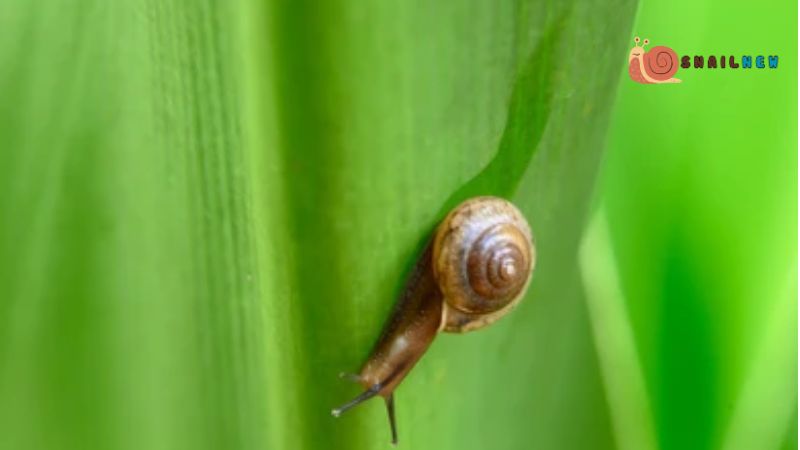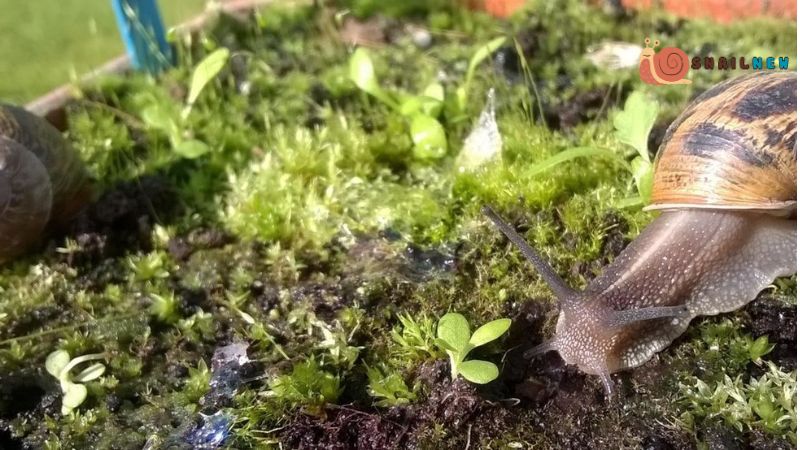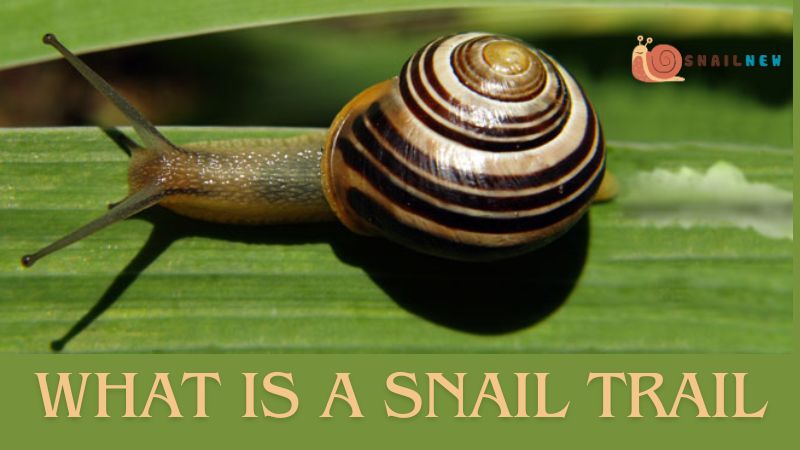What is a snail trail? This seemingly simple question opens up a fascinating world of exploration, touching on biology, ecology, linguistics, and even cultural symbolism. At its most basic, a snail trail refers to the telltale streak of slime left behind by these slow-moving gastropods. But delve deeper from Snailnew, and you’ll discover a multitude of layers to this seemingly mundane phenomenon.
Table of Contents
ToggleThe Biology of the Snail Trail: What is a Snail Trail
But what is a snail trail? To comprehend the phenomenon of a snail trail, it’s imperative to delve into its underlying biology. Snails, akin to numerous other mollusks, secrete mucus to facilitate locomotion. This slimy substance serves to diminish friction between the snail’s muscular foot and the surface it traverses, thereby enabling smoother movement. As the snail progresses, it deposits a trail of this mucus, often noticeable as a glistening, sometimes iridescent streak left in its wake. Understanding this biological process sheds light on the visible manifestation of snail trails and their significance in the ecology of these fascinating gastropods.

Ecological Implications
Beyond its primary biological role, the snail trail emerges as a treasure trove of ecological knowledge. Ecologists and environmental scientists recognize these trails as invaluable indicators of snail behavior, habitat preferences, and population dynamics. Within the intricate fabric of forest ecosystems, the presence or absence of snail trails unveils broader insights into patterns of biodiversity and ecosystem health, serving as subtle barometers of ecological equilibrium or disruption. By deciphering these subtle ecological cues, researchers gain deeper insights into the complex interplay of organisms within natural habitats, aiding in the conservation and management of these delicate ecosystems.
Linguistic Nuances and Cultural Reverberations
The term “snail trail” transcends its literal definition, weaving its way into the tapestry of human language with its evocative imagery. Across diverse cultures and languages, it has been embraced as a metaphor to characterize various slow-moving phenomena—whether it’s the ponderous bureaucracy of governmental institutions or the gradual unfolding of historical epochs. Embedded within this linguistic usage lies a deeper resonance, reflecting broader cultural attitudes towards the passage of time, notions of progress, and the recognition of slow, incremental change as an inevitable force shaping human endeavors and historical narratives.
Symbolic Resonance
However, the importance of the snail trail extends beyond its metaphorical interpretation in human communication. In specific cultural contexts, notably in East Asian folklore, the snail embodies virtues of resilience and perseverance. The slow, deliberate advancement of the snail emerges as a symbol of endurance amidst challenges, highlighting the transformative influence of unwavering determination. From this perspective, the snail trail takes on symbolic significance, representing the lasting impact of incremental efforts in shaping the trajectory of history and leaving an enduring legacy of resilience and perseverance.

Scientific Inquiry and Technological Applications
Within the realm of scientific inquiry, researchers continue to unravel the mysteries of snail locomotion and mucus production. Questions abound regarding the molecular composition of snail mucus, the influence of environmental factors on its viscosity, and the potential applications of these insights in fields ranging from biomimicry to medical engineering. By delving into the intricacies of these seemingly mundane trails, scientists aspire to unlock a treasure trove of knowledge with far-reaching implications for human innovation and technological advancement.
Practical Considerations and Horticultural Reflections

For gardeners and horticulturists, the appearance of a snail trail often elicits a nuanced response, reflecting both its nuisance value and ecological significance. While snails’ presence may pose a threat to delicate plantings, the trails they leave behind serve as tangible reminders of the intricate interconnectedness of all living organisms. Cultivating an awareness of these subtle ecological cues empowers gardeners to adopt more sustainable practices that prioritize biodiversity and environmental stewardship. By embracing this perspective, individuals can foster harmony between human activities and the natural world, fostering healthier ecosystems for generations to come.
As we ponder the question—what is a snail trail?—we are reminded of the interconnectedness of all living things. From the smallest gastropod to the grandest ecosystem, each plays a vital role in the intricate web of life. The snail trail, with its humble origins and far-reaching implications, serves as a poignant reminder of the beauty and complexity of the natural world.
Conclusion: Contemplations on Transience and Interconnectedness
In conclusion, the question of what constitutes a snail trail beckons us to embark on a journey of exploration—one that transcends the boundaries of scientific inquiry and cultural symbolism. From its humble origins as a biological adaptation to its metaphorical resonance in human language, the snail trail encapsulates a rich tapestry of meaning and significance. It serves as a poignant reminder of the intricate web of life that binds us all together—a testament to the enduring legacy of small, incremental actions in shaping the world around us. So, the next time you encounter a glistening streak on the ground, take a moment to ponder the profound question—what is a snail trail?


